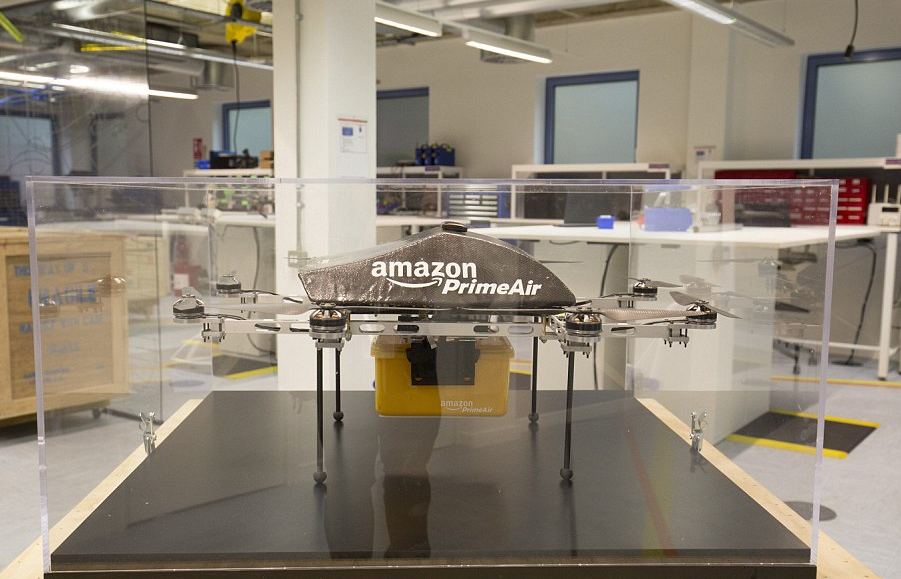Researchers at the University of Leuven (KU Leuven) have developed a fully 3D printed drone that fuses a quadcopter design with a fixed wing unmanned aerial vehicle (UAV) model.
According to one of its creators, Bart Theys, the CargoCopter is able to transport payloads of up to 5 kg, reach speeds totalling 150km/h and distances of 60 km. Through extensive research and studying, the team set out to double the speed and range of conventional multi-rotor drones with the novel design.
Future of drone delivery
Delivering payloads over long distances is the main aim of the Cargocopter, hence the name, and the team behind the project believe the innovative design fares well for parcel deliveries or emergency services. While quadcopters are beneficial for stability and takeoff, the Cargocopter team explains that a UAV design is preferred for speed and efficiency.
The application of delivering goods via drones is apparent as online retailer Amazon clearly has a similar vision for its future parcel delivery services. The American company began its first drone delivery trial in Cambridge last year and has also recently filed a patent for a flying drone warehouse in the sky.

Rapid prototyping
Interestingly, Amazon also began developing its drones with the same technology as the KU Leuven team. 3D printing is a beneficial tool for drone design, not just for amateur makers, as it allows for rapid iterations and testing which is important when developing flying vehicles.
The current CargoCopter design is the result of three years of refinement, with the initial prototypes having much larger wings to the wind-resistant 2017 design.

The most resent model is a combination of its predecessors with a fixed wing system, as used in the development of the TERN drone by DARPA.
Elsewhere at the University of Leuven, researchers have utilized 3D printing to develop hydrocyclonic microfilters which could be used to treat water, in air purification and even to seperate blood plasma.
For all the latest 3D printing news, subscribe to the most widely read newsletter in the 3D printing industry, follow us on twitter and like us on Facebook.
Featured image shows the Cargocopter team, Stijn Debecker, Bart Theys, and Wim Lemkens. Photo via Bart Theys/Cargocopter.



